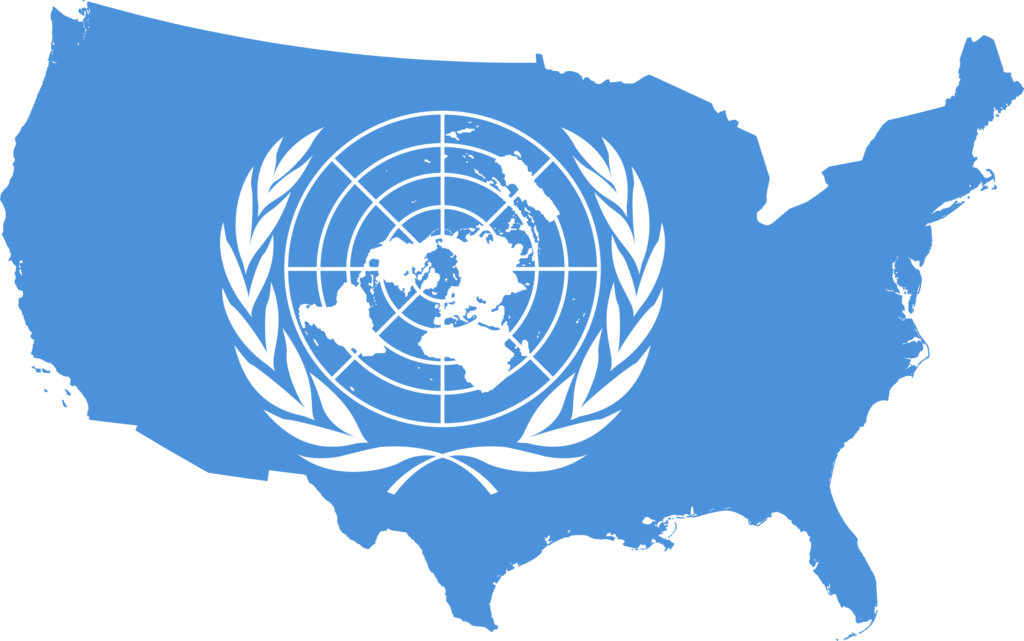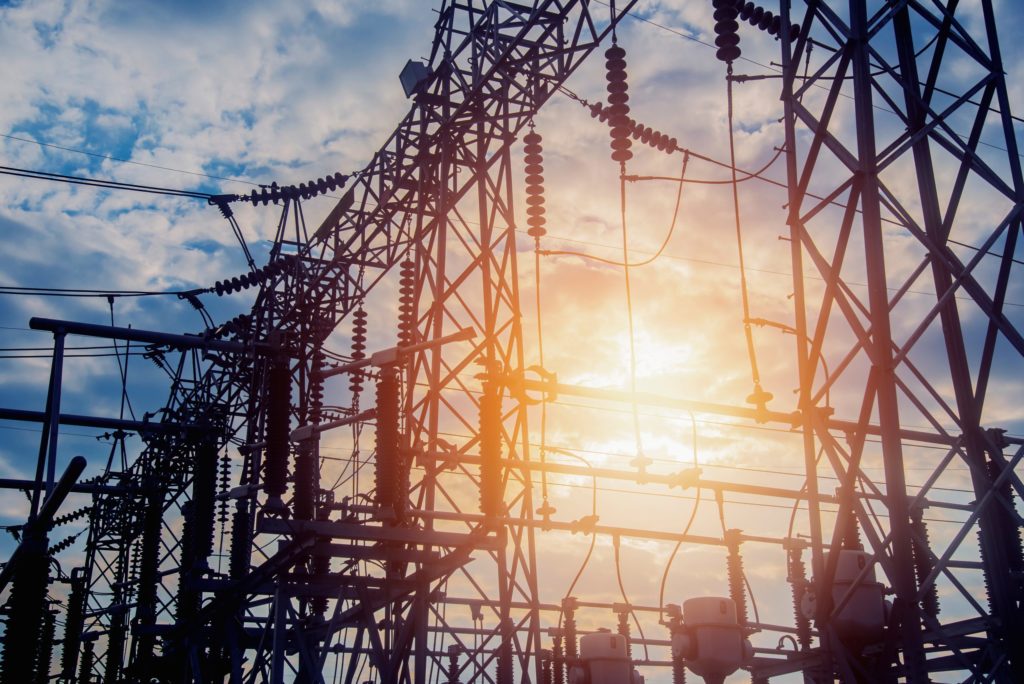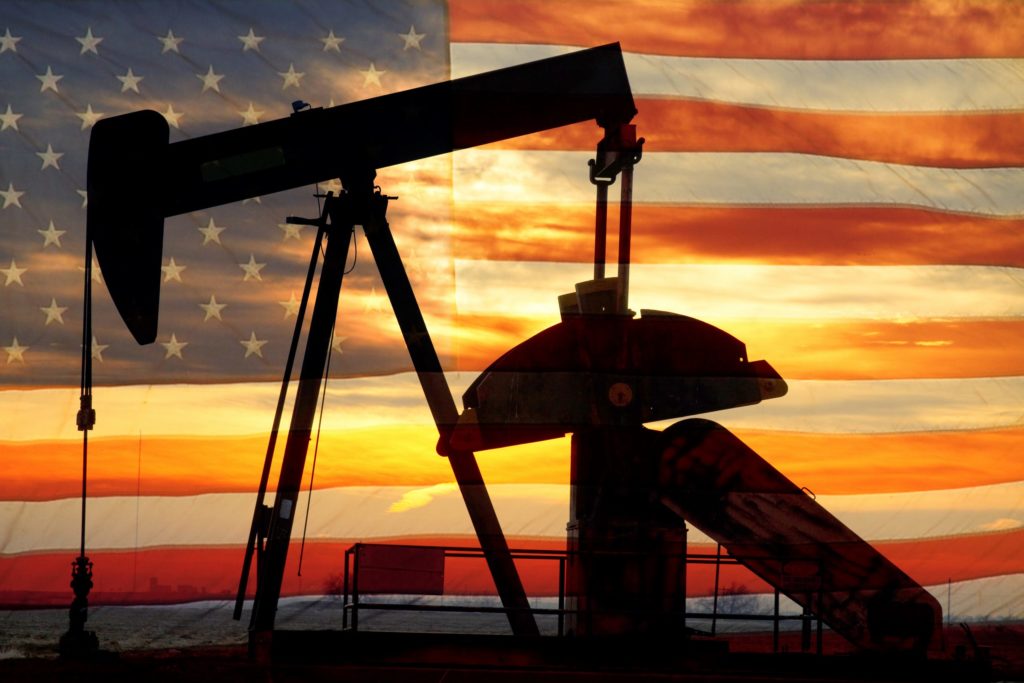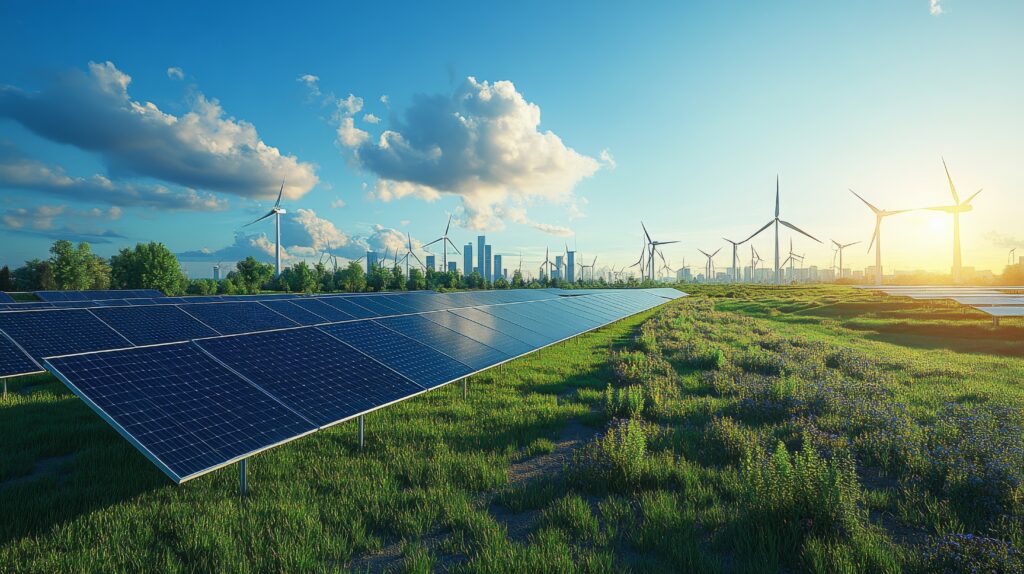Low-Energy Fridays: Reductions in U.S. greenhouse gas emissions are mostly not due to federal regulation
The Supreme Court’s recent decision eliminating the judicial deference long given to agency actions has led to a variety of reactions among environmentalists, ranging from worry to existential dread. Some have suggested that the increased scrutiny federal agencies like the Environmental Protection Agency (EPA) will now receive from the courts will prevent effective action on climate change.
I’ve written previously about how fears of a post-Chevron world are overblown. But there is also a deeper question: Are EPA regulations needed to achieve emissions reductions? A look at the history of the EPA’s most famous climate regulations suggests that the agency has played a minimal role in recent emissions reductions in the United States and that further reductions are likely to have more to do with market dynamics than with federal regulation.
Eighteen years ago, in Massachusetts v. EPA, the Supreme Court found that the EPA was required to regulate greenhouse gas emissions as pollutants under the Clean Air Act. The gears of government grind slowly, however, and it was not until eight years later, in 2014, that the EPA unveiled its major regulatory effort to reduce power sector emissions, the Clean Power Plan (CPP). The CPP sought to reduce power sector emissions by 32 percent from 2005 levels by 2032.
The CPP drew a mix of criticism and praise but soon ran into trouble. In early 2016, implementation of the rule was halted by the Supreme Court pending the resolution of legal challenges. After the election of President Donald Trump, the CPP was withdrawn and replaced with a different rule regulating power sector emissions, known as the Affordable Clean Energy (ACE) rule. The ACE rule was itself invalidated by the courts in 2021, and as an epilogue to the whole affair, the Supreme Court ruled in 2022 that the EPA had exceeded its authority in promulgating the CPP.
The sad story of the CPP highlights several of the challenges inherent to dealing with an issue like climate change via EPA regulation. It takes years to develop a regulation, which can then get delayed for years in litigation. Switches in the presidency can also interrupt policy implementation. This is a drum R Street has been beating for a long time.
But there is another point worth highlighting: Despite the CPP never being implemented, U.S. power sector emissions declined so rapidly that its emissions reduction targets were achieved a decade earlier than would have been required under the rule. This was in keeping with prior trends, whereby America often led the world in greenhouse gas emission reductions.
Had the CPP gone into effect, politicians today would no doubt be bragging about how much they had done to fight climate change. The reality, though, is that America’s improved emissions profile is largely the result of market forces. The U.S. power sector decarbonized first as it shifted away from coal toward lower-emitting natural gas, and then more recently through the rise of wind power as a major generation source. Further reductions are anticipated in the coming years as more solar and batteries come online, and a wide variety of zero emissions technologies, from advanced nuclear to geothermal to carbon capture, may also play a growing role in coming years.
While some of these technologies have received government support through subsidies or at the state or local level, the main driver of their adoption has been private-sector innovation that has reduced emissions by lowering the prices of low-emissions energy technology, and none has been the result of EPA mandates or regulatory schemes like the CPP.
Earlier this year, the EPA announced the latest iteration of its climate rule. The fate of this rule, in the courts or via the political process, is uncertain. But whatever happens, it is likely that the biggest driver of U.S. emissions reductions will continue to be market innovation and consumer demand.









